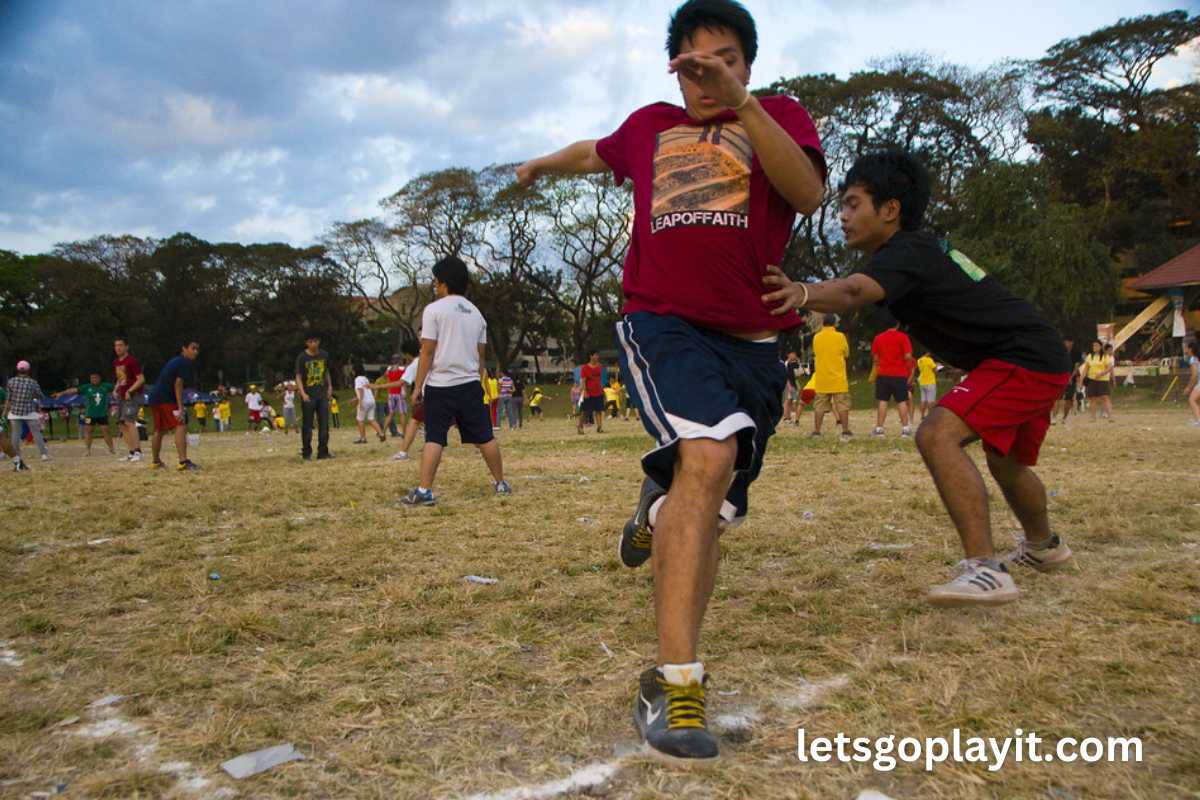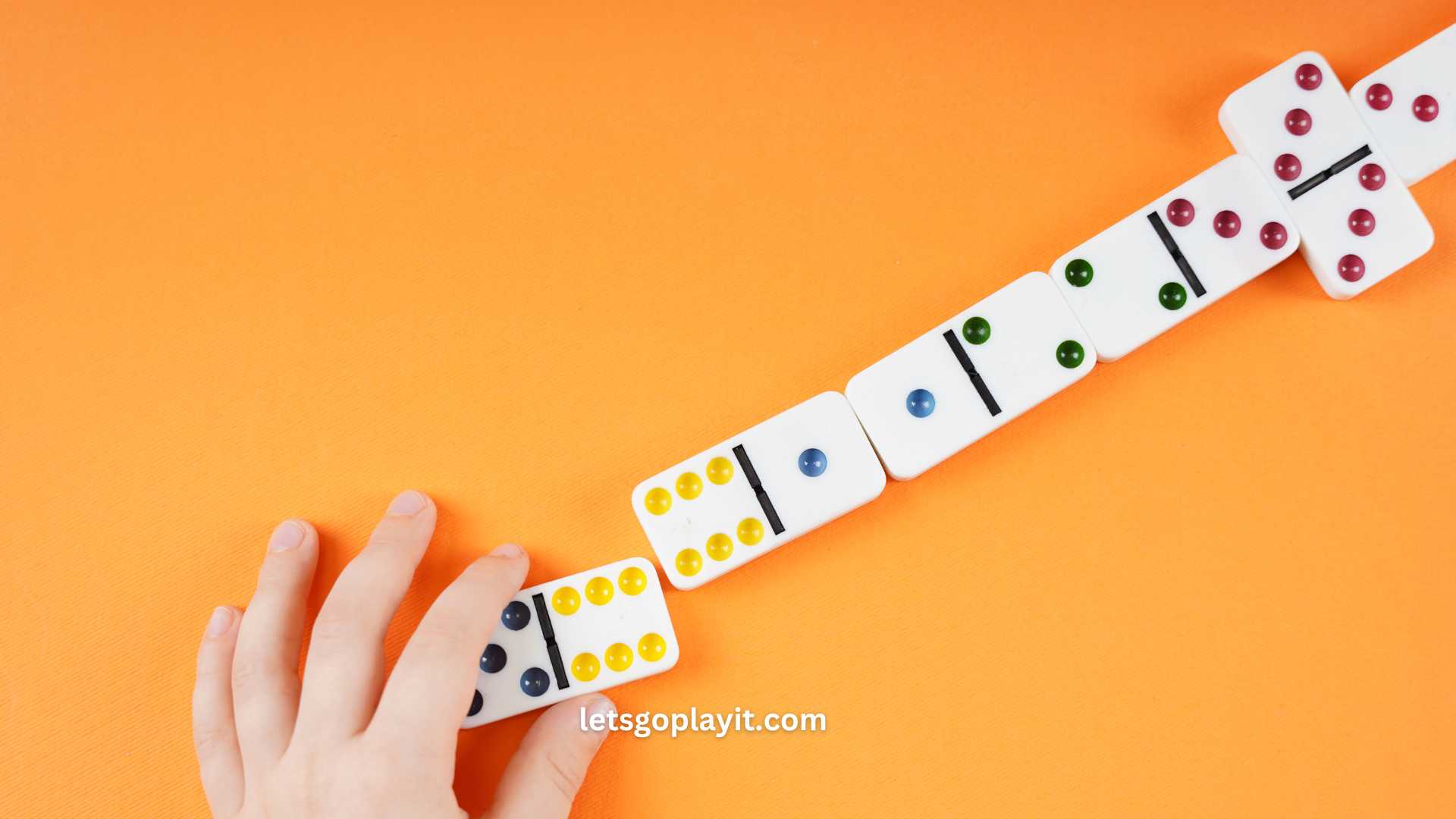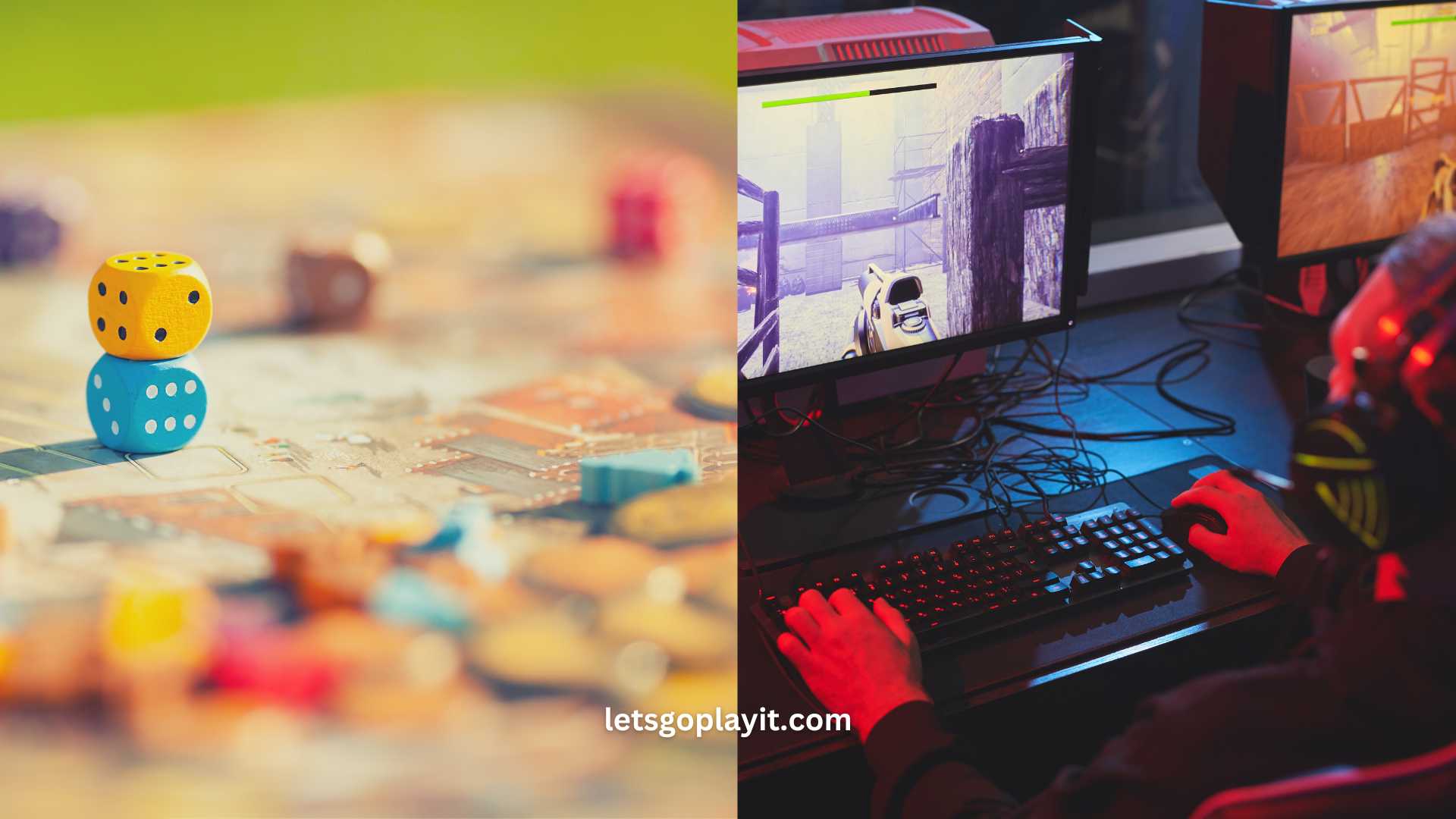From the nostalgic streets of Pampanga to the bustling cities of today’s Philippines, the landscape of games and entertainment has dramatically evolved. As someone who grew up in the ’90s, I have witnessed firsthand the transition from traditional Filipino games to the digital era’s marvels.
This article will explore the most popular games in the Philippines from the ’90s to the present, highlighting the cultural significance and the joy these games have brought to generations.
The 1990s: A Time of Outdoor Play and Early Consoles
The ’90s were characterized by outdoor play, with children filling their afternoons with games that required nothing but their imagination and physical prowess. Tumbang Preso, a game involving a can and slippers, was not just a game; it was a test of accuracy and strategy.
Patintero, played by drawing lines in the dirt and trying to cross without being tagged, taught us about teamwork and tactics. Taguan (hide and seek) turned afternoons into thrilling escapades, and Sipa, the act of kicking a shuttlecock to keep it airborne, showcased skill and agility.
Parallel to these traditional games, the ’90s in the Philippines saw the rise of video game consoles. The Family Computer (Famicom), Sega, and early PlayStation models introduced us to iconic games like Super Mario, Street Fighter, and Sonic the Hedgehog. These games brought a different kind of bonding experience, one that was indoors but equally filled with laughter and competitive spirit.
The 2000s: The Rise of Internet Cafes and Mobile Gaming
As we stepped into the new millennium, the Philippines saw a surge in the popularity of internet cafes. Games like Counter-Strike and StarCraft became household names, with friends gathering not in playgrounds but in dimly lit rooms filled with computer screens. This era marked a shift in gaming culture, where multiplayer online battles and strategy games took center stage.
Mobile gaming also began to take root in the 2000s, thanks to the advent of more sophisticated mobile phones. Games like Snake on the Nokia handsets were a precursor to the mobile gaming explosion that would follow in the next decade.
The 2010s to Now: Mobile Apps and Online Gaming
The current landscape of gaming in the Philippines is dominated by mobile apps and online gaming. Mobile Legends, PUBG Mobile, and Garena Free Fire are just a few of the titles that have captivated the hearts of many Filipinos. The convenience of playing on a smartphone has allowed gaming to become more accessible to everyone, irrespective of age.
Online gaming has also seen a significant boost, with DOTA 2 and League of Legends being among the top favorites. These games have not only provided entertainment but have also opened up opportunities for competitive gaming and esports, which have gained considerable popularity in the Philippines.
The Enduring Appeal of Board Games and Card Games
Despite the digital revolution, board games and card games have retained their charm and continue to be a favorite among families and groups of friends. Games like Monopoly, Uno, and Exploding Kittens offer a break from screen time and foster social bonding in a way that digital games cannot replicate.
These games have the power to bring people together, creating memories that last a lifetime.
Conclusion
The evolution of gaming in the Philippines from the ’90s to now reflects the changing times and the adaptability of the Filipino spirit. From the simple joys of playing Tumbang Preso in the streets to the digital battles fought in the virtual world, the essence of gaming—bringing people together—remains unchanged.
As we move forward, it will be interesting to see how new technologies and trends will shape the future of gaming. But one thing is for sure: the love for games, whether traditional or digital, will continue to be a significant part of Filipino culture.




